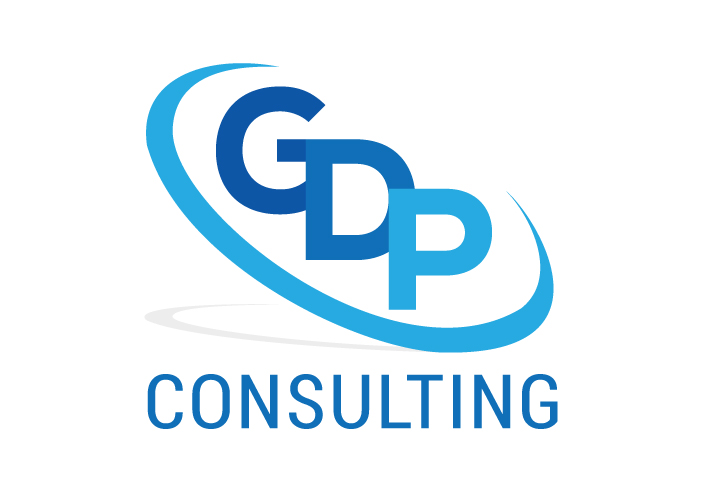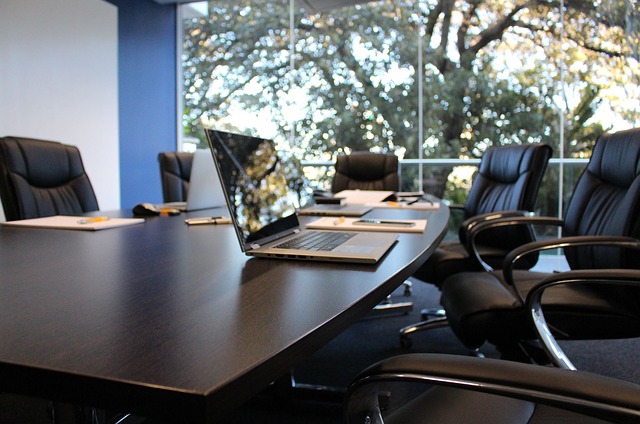A successful and effective boardroom is a distant dream for the board members as well as the CEOs. Board meetings often end up being a platform for pointless lengthy conversations leading to ‘zero results’. However, with some careful planning and foresight, you can make these meetings livelier, engaging, effective and highly productive.
A Board Meeting Starts before the Meeting
A board of directors meeting does not really start when it is called to order and all members are sitting around a table. It starts long before with logistics. For instance, if you have some large proposals or controversial items to be discussed, it’s useful to give board members a heads up before the meeting. This way, they’ll have time to jot down notes, prepare questions and become acquainted with the information in advance.
Agenda Setting
By thinking ahead and setting the agenda, you can tackle several serious topics without going off-track in the meeting. However, once you set the agenda, it’s important that you stick to it and make sure everything is done the way you planned it.
Team Building Efforts
It won’t be wrong to say that, a board of directors that plays together stays together. You don’t have to indulge in actual play, but you can spend some time at meetings doing team building activities. Just make sure the activities aren’t forced or make anyone feel uncomfortable as the only goal here is to build a team spirit.
Keep Detailed Minutes of Meeting
Keep track of what is happening while the meeting is going on. The minutes should include topics discussed, motions and who made them, whether they were affirmed for not, and other official actions. With the kind of turnover rate on board members, you never know when you’ll need to go back to the decisions of the meeting and read background information to figure out why something was decided that way.
Ask for Opinions and Listen
Every member of the board is important. To make them feel more engaged, you can make sure everyone gets a chance to contribute. It doesn’t end at talking, you must also listen to what they are saying. Give everyone the opportunity to their put forth your opinions and make sure the entire board has their attention.
Review Action Steps
You should review action steps for the next meeting at least twice. First, you can review the tasks assigned and the timeline for each step at the end of the meetings. After the meeting, send an email to the board members as a reminder of the action items.
Meetings don’t just happen when everyone is together. If your board members keep moving the work forward between the meetings, the actual meetings will become more productive. Follow the above mentioned tips and you might have a good start for making your board of director meetings more efficient.

